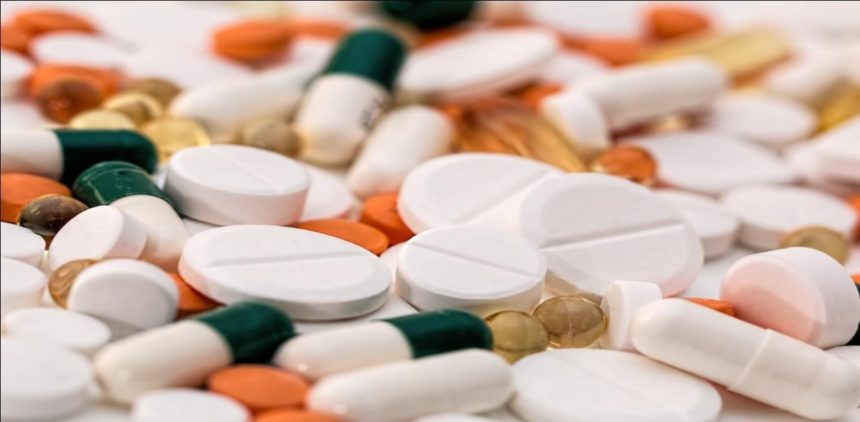Trade analysts say investment in China’s pharmaceutical market is a safe choice amid the current political climate and the ongoing US-China trade conflict. It is a budding industry mostly dependent on domestic consumption.
Retail Investors are hesitant to place their bets on biotechnology companies listed in Hong Kong that are yet to generate any revenue. So these investors are naturally turning toward already established, generic drug manufacturers in China, who are also expanding to develop new drugs.
There are three primary points that foreign investors search for when investing in China. First, they look for an industry that is looking to merge, and then they focus on innovation and technological advancement. Lastly, they look for pro-growth policy reform and support — China’s pharmaceutical sector checks all three points.
China’s pharmaceutical market, already the world’s second-largest, is expected to rise to US$393 billion in 2025, with an estimated yearly growth rate of 9.7 percent.
A quarter of China’s population is projected to be over 60 years of age by 2030. That implies an urgently emerging requirement of medicines for persistent diseases such as diabetes and cancer.
Beijing has strategized to raise generic drug supply volumes, focusing on improving the quality of the drugs and cutting back on the overall cost. It has prompted Chinese drug firms to acquire the efficacy and safety certification through clinical trials and to bid for supply deals with public hospitals.
Generic drugs are basically drugs whose patents have expired, making it possible for several companies to manufacture them and compete for the best market price. The first trial of pilot tendering done in 11 cities resulted in the average cost of 25 drugs to fall by about 52 percent.
The costing and quality alteration is predicted to lessen the number of drug producers in China from around 4,000 to less than 1,000 in half a decade. The plan is to eliminate all the inferior players, producing a low quality product, currently present in China’s generic drug market. This will give the leading pharmaceutical companies even more of an edge in the market, despite the lowered prices of the drugs.
The cost savings from the reform will be utilized on the production of innovative drugs by local pharmaceutical firms, eliminating the need to buy them at a high price from foreign sources. This is also a positive development for Chinese firms investing in innovative drugs development since the government has incentivized the invention of new drugs by speeding up the process of approval.


